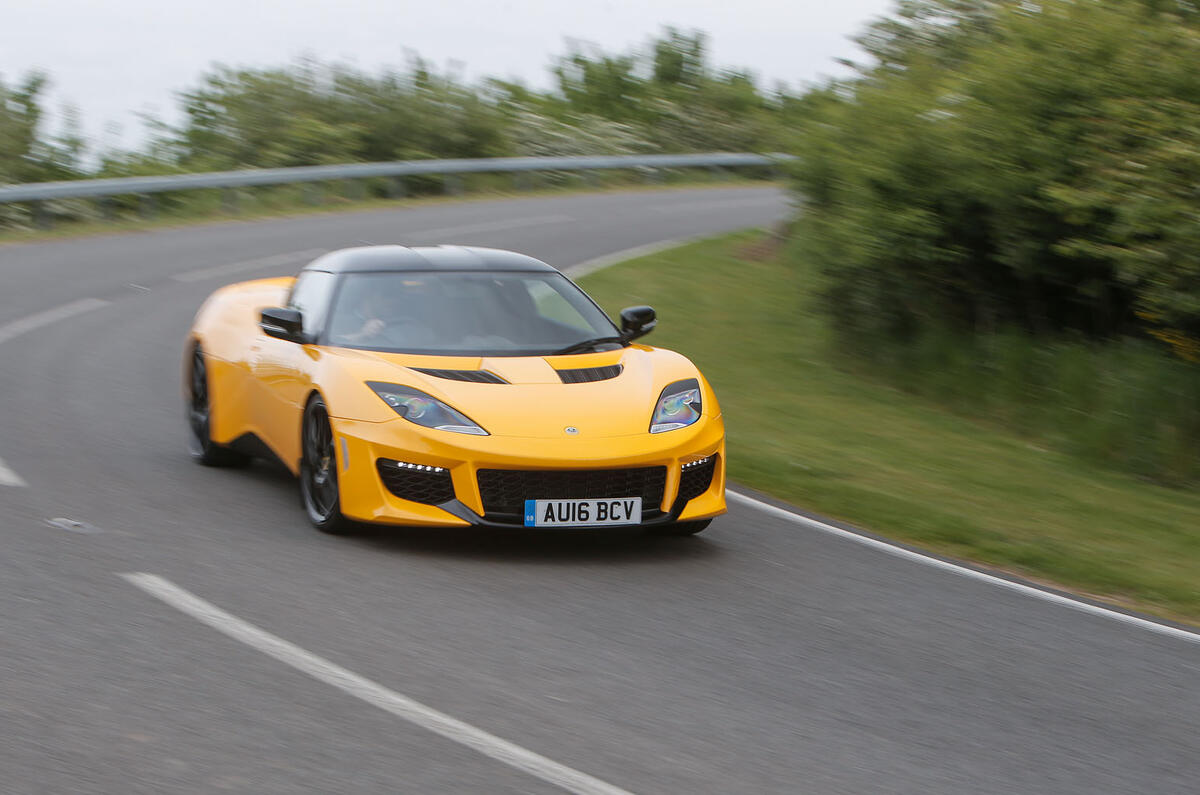The first time I hear the Lotus Evora that we will be running for the next few months, a few of us are at the Longcross test track.
Despite the fact that this is next to the M3 motorway, where some really quite noisy roadworks are in progress, we hear the Lotus before we see it. A long time before we see it, in fact, as its revs hit their 7000rpm peak several times before some heavily brapped downshifts accompany its hoving into view.
First impressions? Crikey, it’s loud. Crikey, it’s yellow. Crikey, it’s an auto, which, no offence to its driver, explains the enthusiastic throttle blipping it made on final approach.

The £72,000 Lotus Evora 400 made its debut last year. To call it a facelift would be harsh; to call it a new car would be misleading. By Lotus standards, lots has changed from the model that first appeared in 2009. By most car makers’ standards, it has been given a few tweaks here and there.
The Evora basics are as they were. It has a bonded and fastened aluminium chassis, to which a plastic body is attached. There’s a long cabin by midengined car standards, accommodating the driver and passenger, a pair of diddy seats behind them and, at the back, a supercharged 3.5-litre Toyota V6, which drives the rear wheels through a sixspeed automatic gearbox (a six-speed manual is standard).
Power is — the clue is in the name — 400bhp and torque is 302lb ft at a modest 3500rpm. That’s sufficient that, if you spec the manual ’box, you get a limited-slip diff, but it’s an option denied those who go for the torque-converter auto. There’s also a shallow but wide boot.
And, no question, it’s yellow — a colour that’s a no-cost option, unlike some of the contrasting black features that have made it onto this Evora. Black leather trim (£2500), black brake calipers (£300), forged black wheels (£2000) and a Black Pack (£1500) are all fitted. They join the auto ’box (£2000) and cruise control (£300) in adding £8600 to the Evora’s base price, taking the total for this car to £80,600. Yep. This is an £80,000 Lotus.




































Join the debate
Add your comment
cup holders